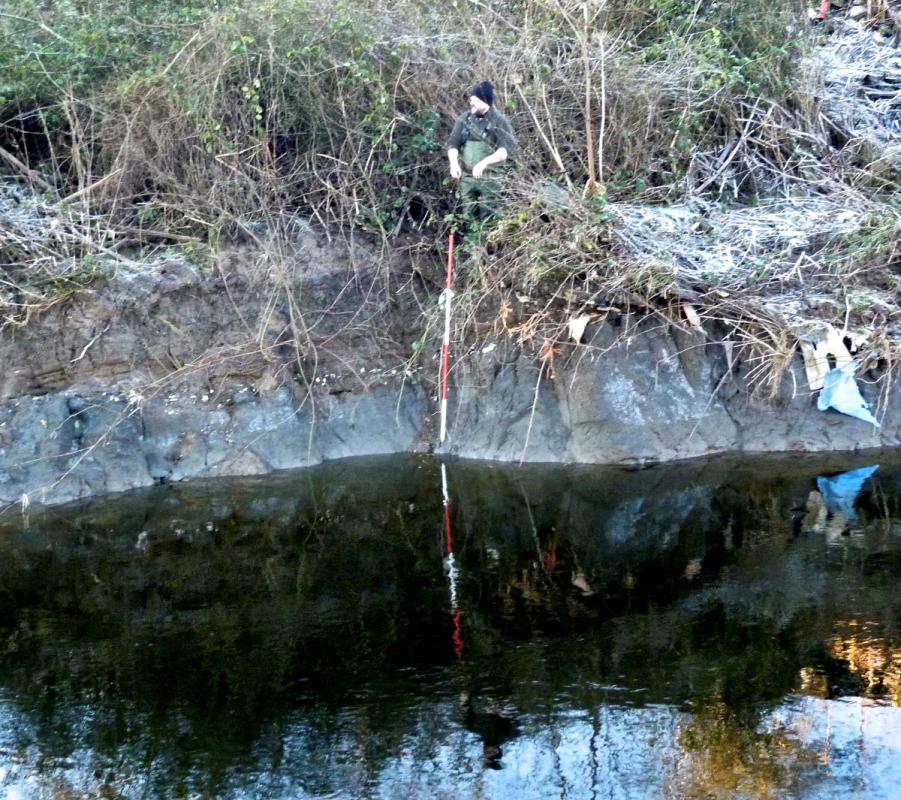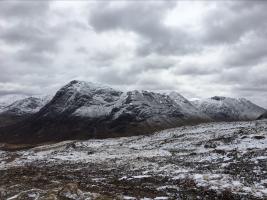Murray Cook will speak on 2nd September on
Thu, Sep 2nd 2021 at 7:00 pm - 9:00 pm
Murray Cook will speak on 2nd September on "Evidence for changing sea levels on the River Forth"

SEA LEVEL OF THE RIVER FORTH
Dr Murray Cook, Archaeologist with Stirling Council, made a welcome return to the Club to talk about evidence he has gathered related to significant changes in the sea levels on the River Forth. Murray reported that he has recently been excavating in Bridge of Allan where he discovered oyster shells in an oyster bed near Cornton Prison. The oysters were unopened, indicating that this was not a shell midden from a settlement. This means, Murray explained, that the oysters had died close to the place where they were found. Subsequent investigation by carbon dating put the oysters at around 4,000BC, therefore 6,000 years old. This discovery confirms that at that time the area of lower Bridge of Allan would have been covered by the sea. The discovery of a skeleton of a whale in broadly the same area has given further confirmation of the sea level at that period.
Looking back to the Ice Age, some 10,000 years ago, Murray indicated that the area would have been covered by ice about one kilometre deep. When that ice melted, the subsequent release of pressure allowed the land to rise gradually. However, in this process, a fault line in the surface along the River Forth meant that part of the land was forced down, creating a rift valley, with the Ochils rising above it. Even as late as the 15th century, a map shows what appears to be a continuous stretch of water across central Scotland, with the land north of the Forth shown, in effect, as an island! Even when the sea retreated, the land was still significantly water-logged at high tide, with evidence from names such as Falleninch (‘inch’ being Gallic for ‘island’) supporting this.
Because of the prevalence of this wetland, still very evident at Flanders Moss, access from the north of Scotland to the south, or vice versa, was largely restricted to the crossing at the bridge at Stirling, with inevitable consequences for military or agricultural movement. Linked with this, the strategic importance of Stirling Castle as a controlling presence for those seeking access north or south gave rise to a well-known series of battles.
Murray very generously then presented the upper half of the 6,000 year-old oyster shell to the Club to use as it saw fit. President Russell thanked Murray for this generous gift.
Speaker’s Host Craig Mair said that members were always pleased to welcome Murray to the Club; his obvious enthusiasm, as in this instance, always inspired members’ interest.




